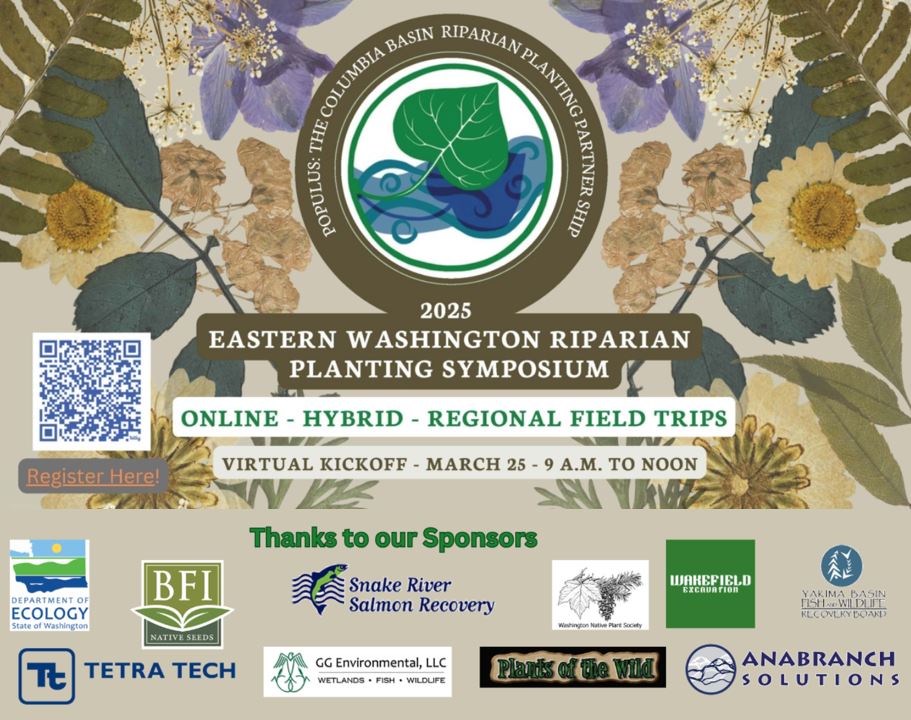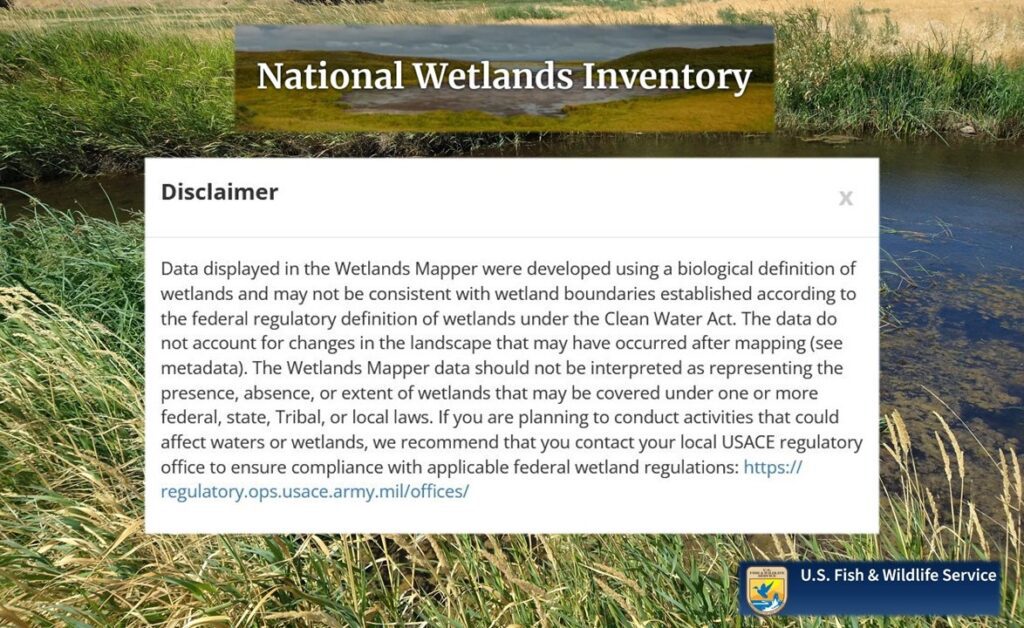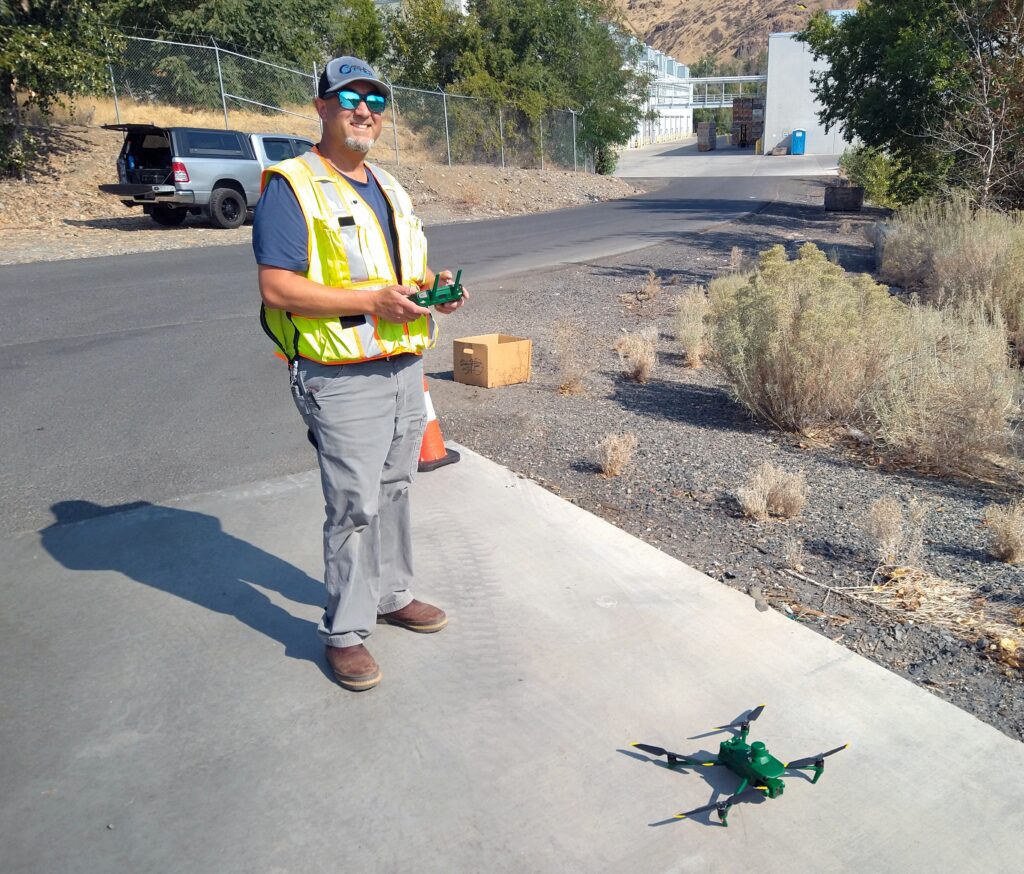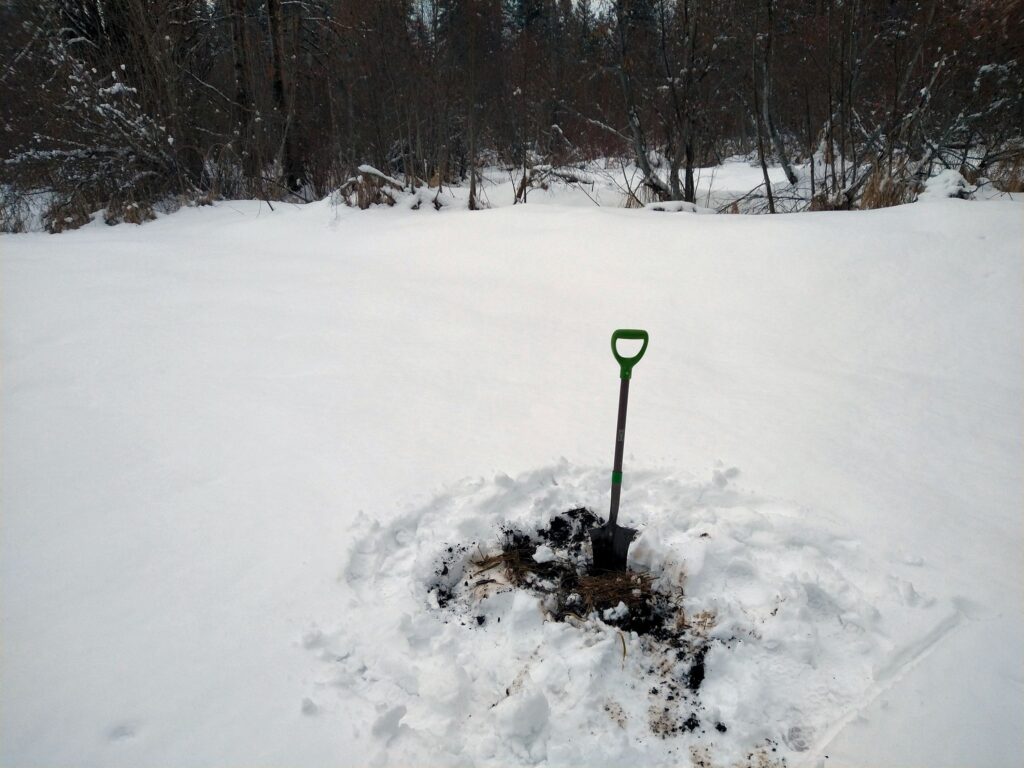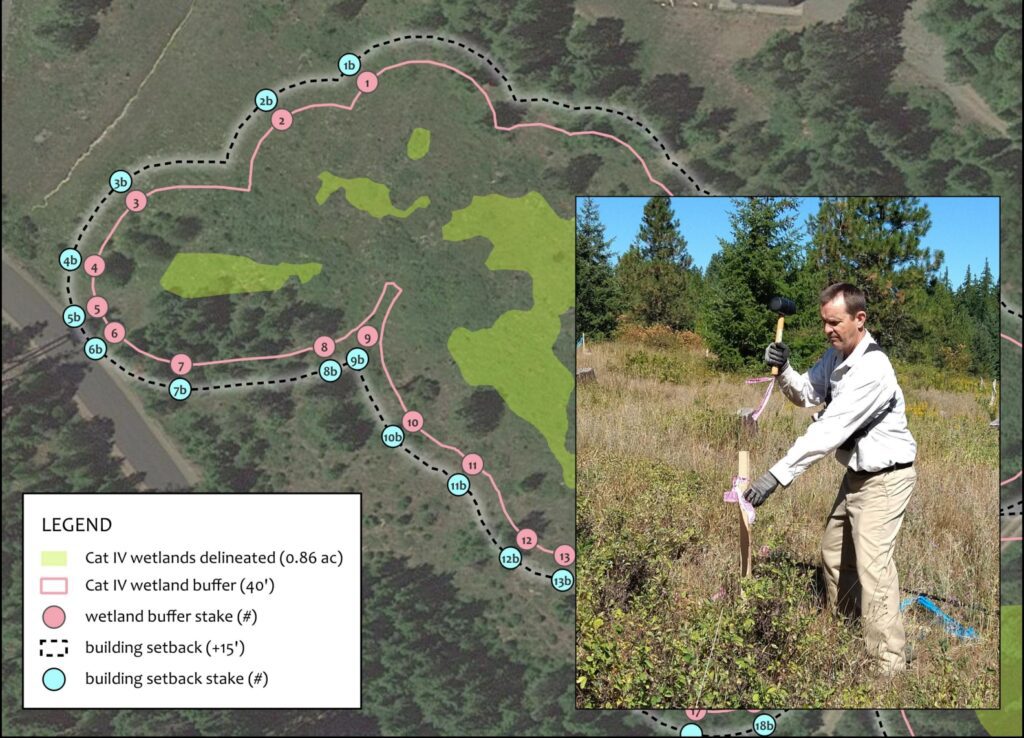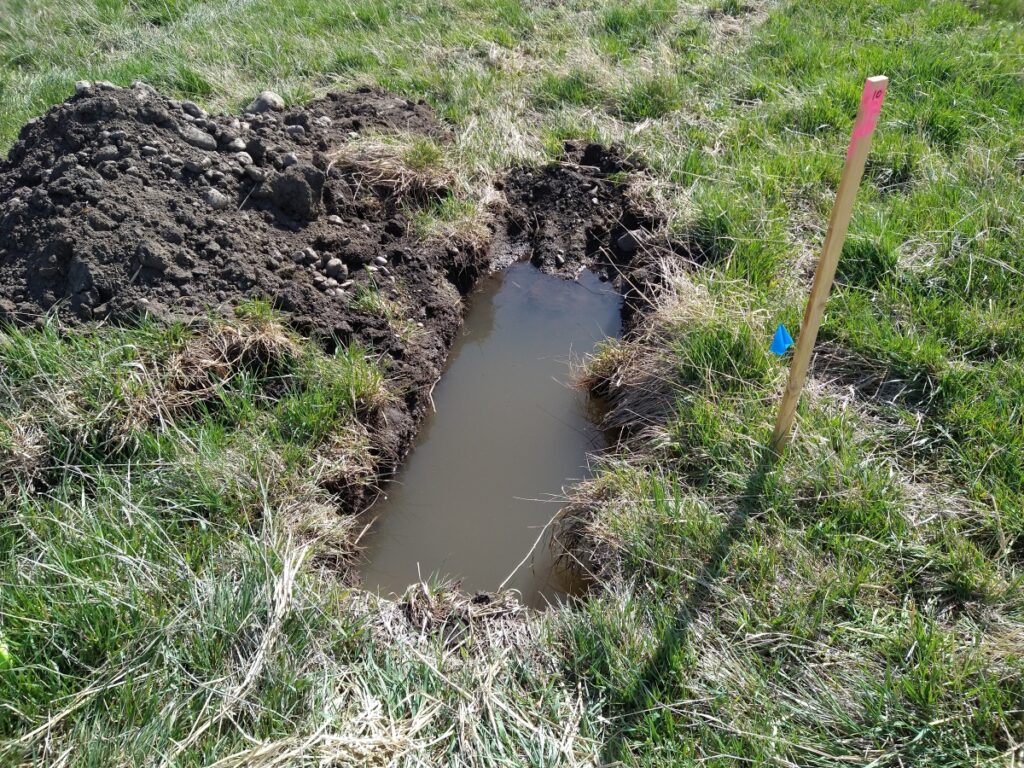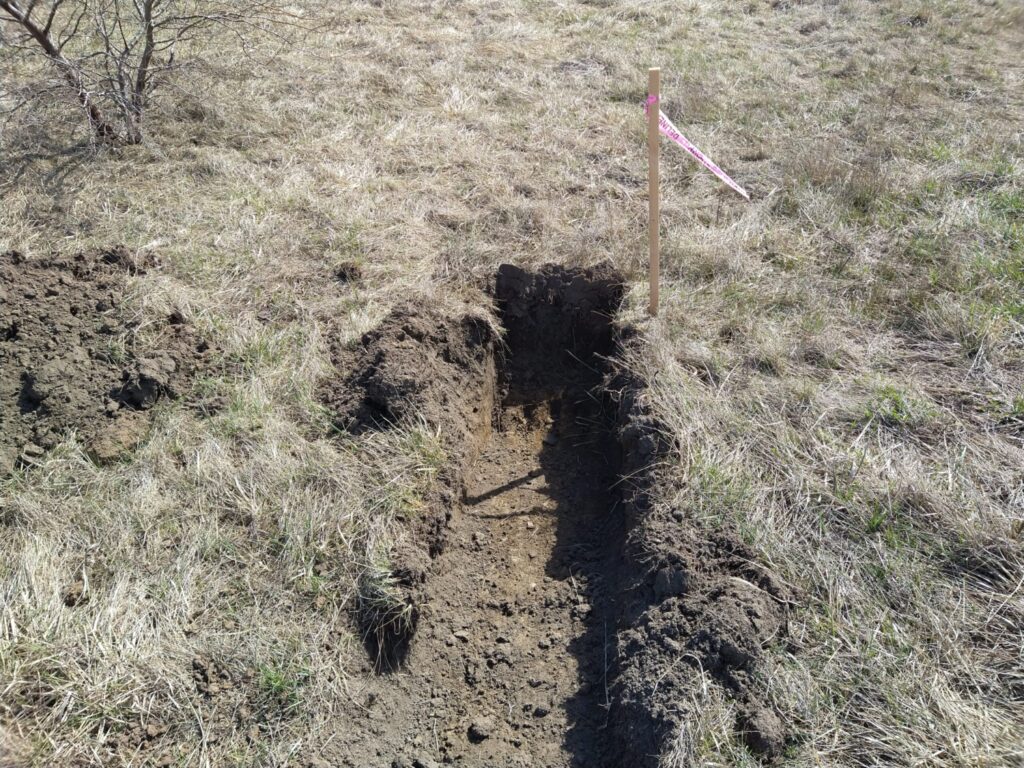Hello, 2025!
With the warm weather as of late, it seems as if the winter is now in the rear-view mirror. The phone has been ringing vigorously this week. Several of the folks expressed relief in reaching me as they had little luck getting a response from other firms. A gentleman today said he called six firms […]

